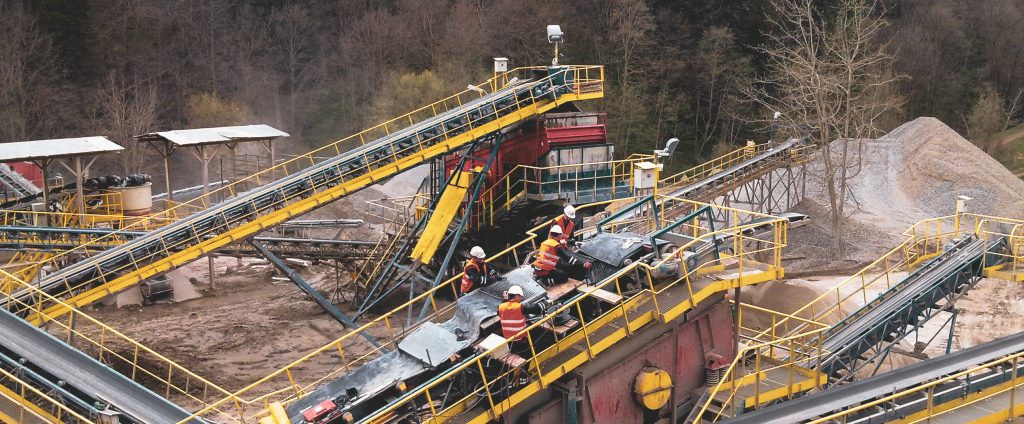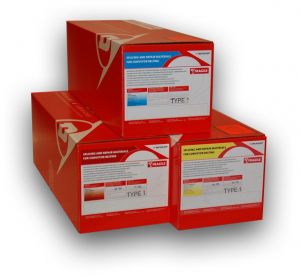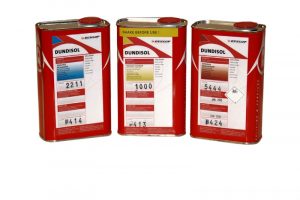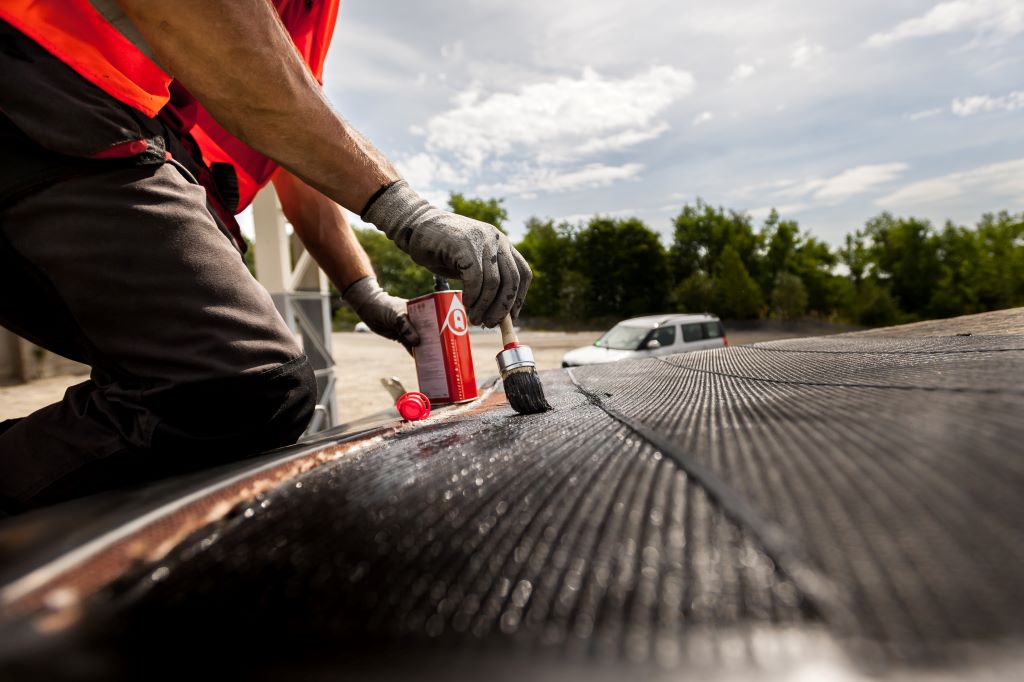Splicing materials

The weakest point of any rubber conveyor belt is the splice joint. You can fit the best quality belt in the world but if the splice joints are not strong and durable enough then failure can be catastrophic and extremely dangerous. To get the best operational results it is essential that the splicing material rubber has very similar physical properties and characteristics compared to the rubber used to make the belt itself. This means that the splicing materials should be of the same type, or ‘grade’, as the belt itself, such as abrasion-resistant or oil-resistant for example.
However, it is a bit more complicated than it may at first seem because all the individual components such as cover rubber, skim (inter-ply) rubber and the rubber solution, have very specific properties t
o do the job they are designed to do. For example, the skim rubber used between the plies is designed to possess different properties and curing characteristics than the rubber used for the outer covers. Their intended application areas must be respected in order to achieve the best results.


Although all splicing materials must be a compatible match to bond with each other, they should also match with the belt. The more specialized the belt grade, the more critical it becomes to match the splicing materials to it. Apart from being a good match, it is also important that the splicing material rubber is not simply ‘generic’ rather than having been specifically constructed to achieve the strongest and most efficient bond so that good adhesions on both carcass and the transition to the base belt is obtained. These objectives are usually best achieved by using splicing materials supplied by the manufacturer of the belt. To a degree, that ‘rule’ applies regardless of who that manufacturer may be.
Dunlop splicing materials – the big advantages
One of the biggest advantages of using Dunlop splicing materials and kits is that you can be 100% sure that they have been developed by the same Dunlop engineers and technicians who developed the conveyor belts they are designed to be used on. They are, quite simply, as close to the perfect match
that it is possible to achieve. The result is optimum performance in terms of adhesion, dynamic life and efficient application.
Nobody in our industry works so physically close to rubber conveyor belts than splicing technicians. It is therefore pleasing to confirm that another advantage of Dunlop splicing materials is that they are REACH compliant. As far as we are aware, this is unique to Dunlop and should certainly be a very important factor for anyone responsible for the welfare of those who use splicing materials in their daily work.
For more information on our wide range of splicing materials including splicing kits and pre-formed kits for steel cord belting please contact your Dunlop representative.

